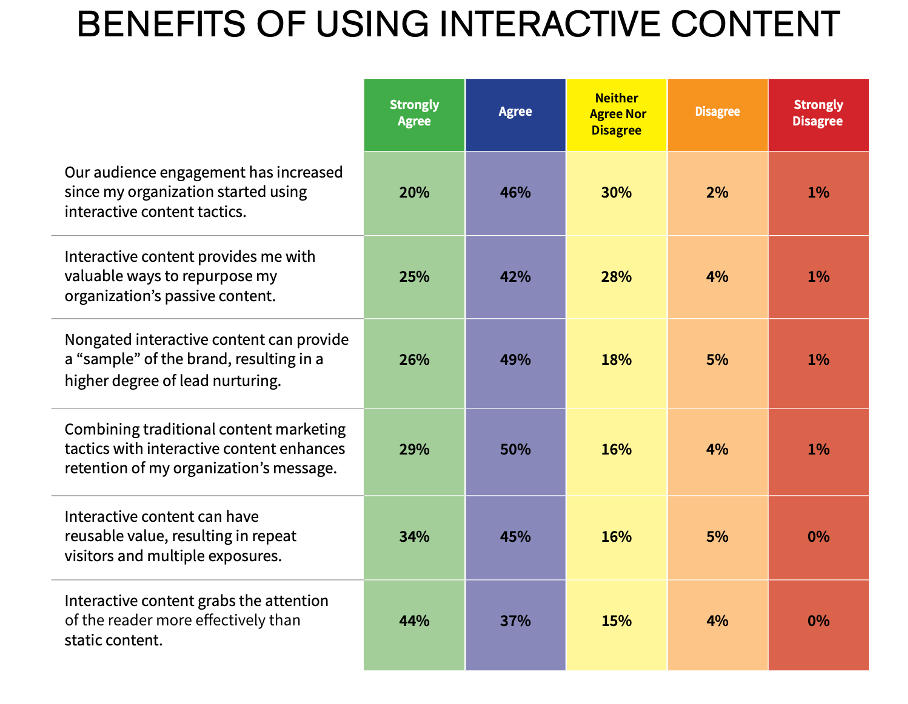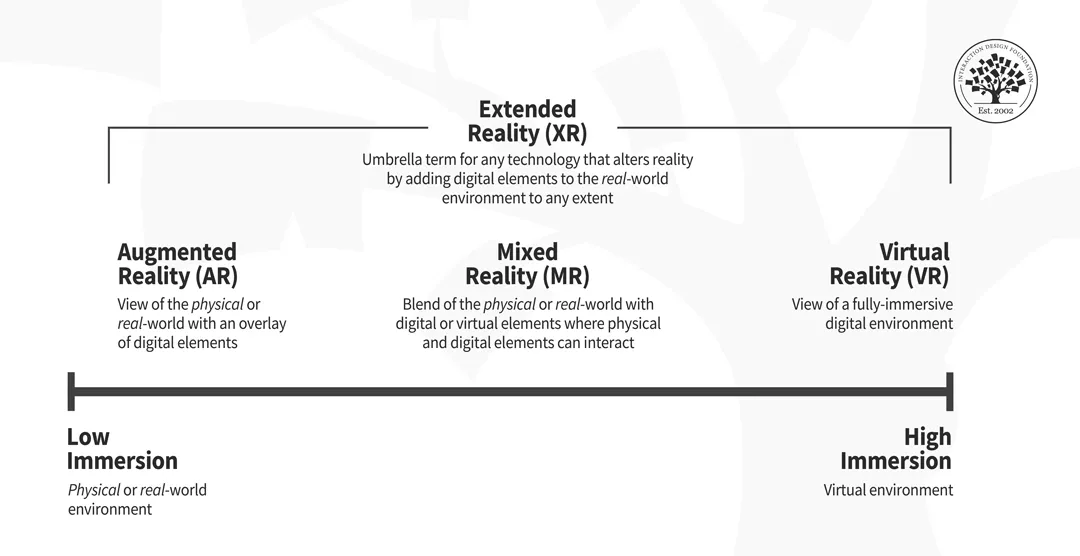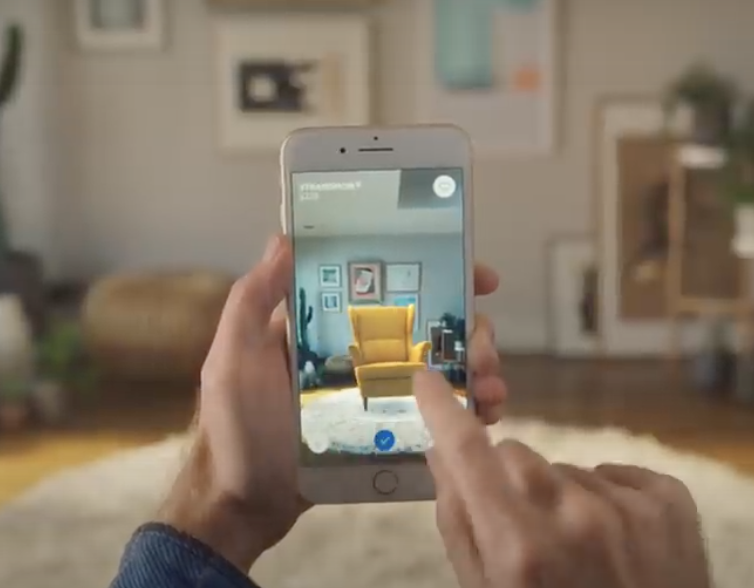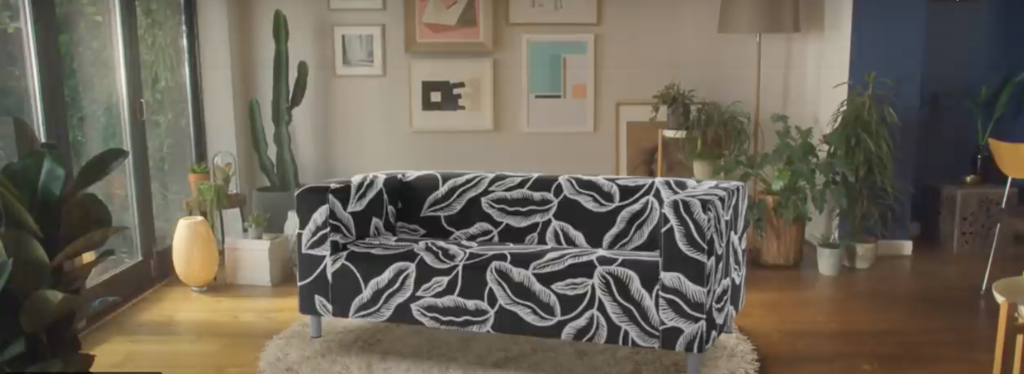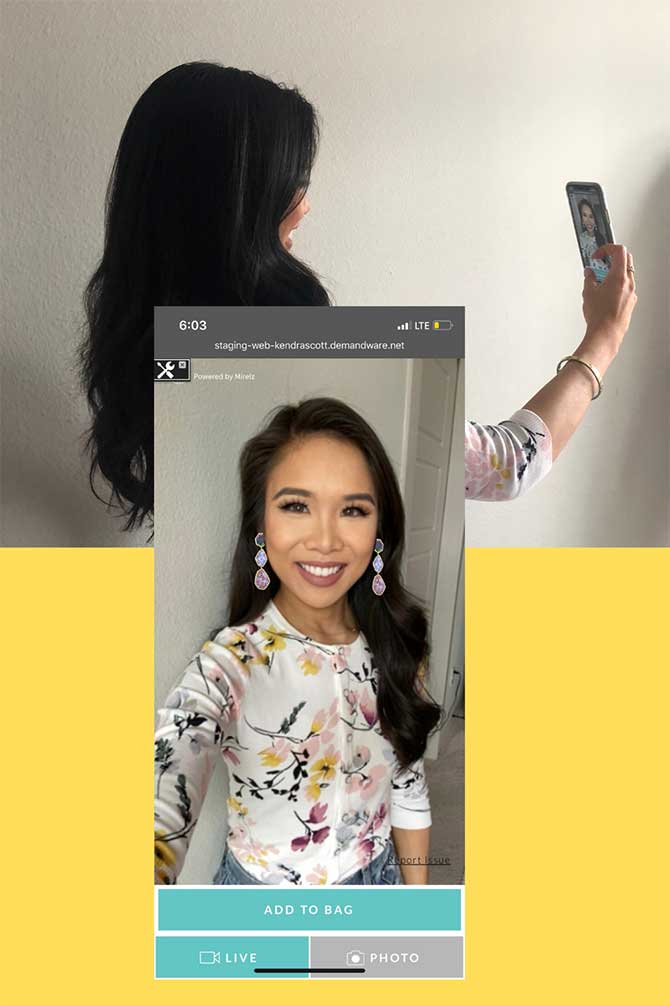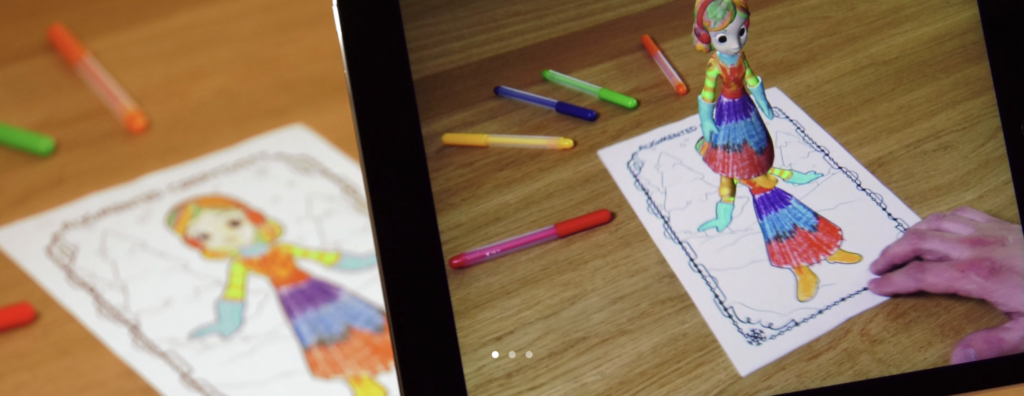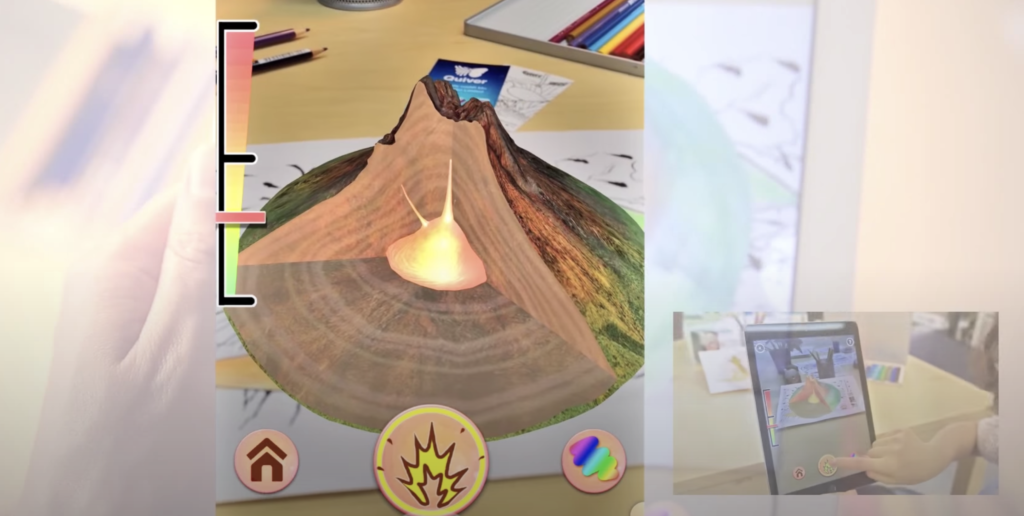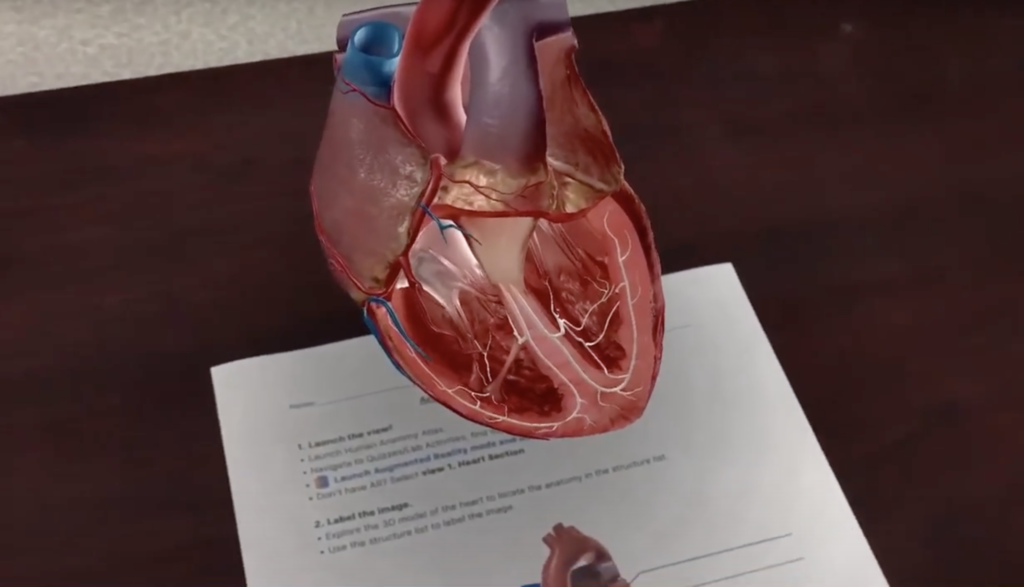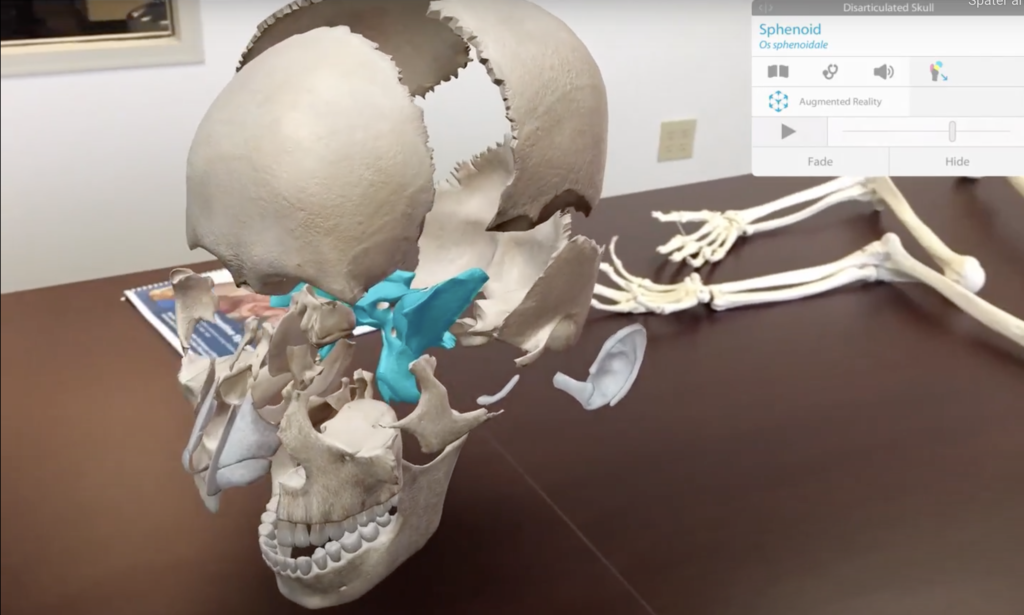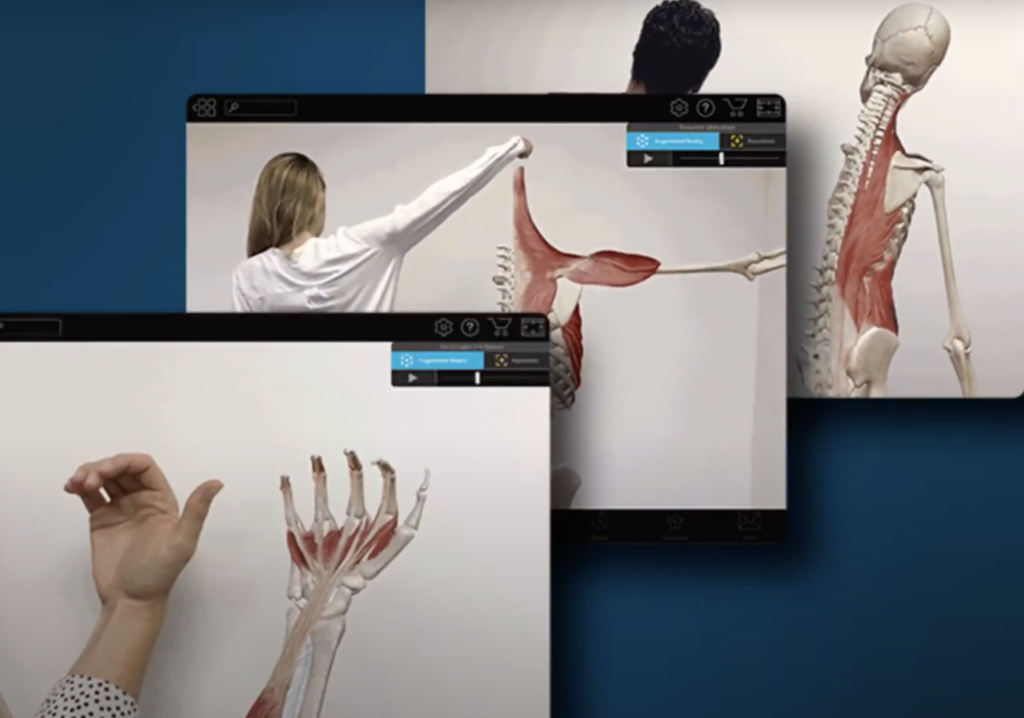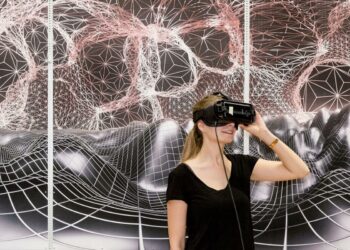| A summary of an interesting research paper that fits well into the multimodal view of my research on in-car AR solutions.
All information summarised in this blog post was taken from the research survey cited at the end of the post, which contains the exact sources of the statements.
“The Use of Haptic and Tactile Information in the Car to Improve Driving Safety: A Review of Current Technologies” – by Y. Gaffary and A. Lécuyer, 2018
The paper summerizes results of experimental studies in the above mentioned topic, categorizes them and discusses findings, limits and open ends.
Several instruments and devices on a car’s dashboard require visual attention from the driver, who is already busy with the driving tasks. While the visual and auditory channels are highly engaged, the tactile and kinesthetic channels could be used for additional, parralel input.
Several sources of the paper state that the haptic feedback can be perceived despite of high cognitive load, more effectively than visual or auditory feedback.
Within the haptic modality there are two kinds of possible feedback:
- tactile feedback: perception from the skin
- kinesthetic feedback: perception through muscular effort (force feedback)
Haptic technologies in cars
For transfering haptic feedback, the actuators need to be fitted to specific positions in the car’s interface, to have a direct connection to the driver: steering wheel, pedals, seat, seat belt, clothes and the dashboard.
A source, Van Erp and van Veen classified the information that could be transferred through haptics in cars:
- spatial information about surrounding objects
- warning signals
- silent communication only with the driver
- coded information about statii
- general information about settings
This paper focuses on two groups: haptic assistance systems (feedback triggered by voluntary action) and haptic warning systems.
Haptic assistance systems
Controlling the car’s functions
Several sourced of this paper analysed the influence of tactile feedback on the “eyes-off-road time” with rotary knobs and sliders on the dashboard, central console and steering wheel (the main sources of haptic feedback). The devices had clicking effects or could change their movement friction or vibration frequency. The results were the most effetive with visuo-haptic-feedback (combining visuals and haptics), reducing the glancing time by ca. 0.5 s and 39%. One study resulted in the preference of 230 Hz vibration on the steering wheel over lower frequencies. At this input method the vibrations of the road are a limiting factor.
Maneuver support
The paper states that the main source of haptic help for maneuvring is kinetic feedback on the steering wheel. Several studies were mentioned looking at difficult driving situations: parking, driving backwards with a trailer, low visibility. In all of these cases the results showed positive improvements (lower mental demand while same performance), when force feedback was helping the driver to steer in the right direction at the right time.
Navigation
For preventing additional visual or auditorial load and distraction, studies were described on using different actuator placements to give directional feedback to the driver. Such examples were besides the steering wheel the augmentation of waist belts or the driver’s seat with actuator matrices, indicating navigational directions. The results showed less distraction than with only auditory guidance, and even a 3.7 times less failure rate with haptic-auditory feedback.
Haptic warning systems
Awareness of surroundings
Similarly to the navigational purposes, current studies described in the paper propose the augmentation of waist belts and seats for giving directional information as warning signals about surrounding cars or other objects – most importantly in blind spots or behind the vehicle.
Collision prevention
Collision prevention needs fast driver reactions, once the danger is noticed. According to the paper, haptic feedback can significantly improve reaction times. As collision warnings are also based on spatial information, therefor same methods were analysed in studies as for helping navigation or awareness of surroundings – augmented belts, seats and pedal. One system with actuators in the seat showed improvements in spatial localization of threats by 52% compared to only audio warnings.
Lane departure
The main methods to warn about lane departure were tactile and kinesthetic feedback on the steering wheel. As the direction has to be corrected by turning the wheel, the drivers responded intuitively on the augmentation of the wheel with vibrators and motors. These solutions can be found widely spread in the automotive industry. Vibrotactile seats and pedals were also tested and found to work better, be less annoying and cause less interference than audio warnings.
Speed control
As the accelerator pedal is the device of controlling speed, this survey reports many studies to be found on its augmentation. They are looking at implementation of tactile feedback and also force feedback (resistance to pressure and controlled reaction force). Both methods lead to positive results in adjusting too high speeds and maintaining a given speed, and reported by users to be satisfying and useful.
Limits of existing experimental protocols
There are several limiting factors described, which should be considered for further analysis:
- The age of users and the differences in perception of haptic feedback. Older people seem to be more affected by them.
- Augmented seats: the thickness of clothing, the height and the weight of the users.
- Different ways (habits) of holding and turning the steering wheel.
- Static vs. dynamic signals can have different effects (dynamic signals were seen to be more effective).
- Effects of multiple haptic feedback systems working parallel in the same car have to be analysed.
Almost all of the described researches were done with the help of driving simulators. They can deliver compareable results but do not fully represent the real driving environment. Realistic stress and also overconfidence in the feedback systems were not analysed either.
My Summary
During driving the driver is under high visual and auditorial cognitive loads from th basic tasks. In these cases haptic feedback can be a very effective solution to trigger reactions of the driver. The interfaces to be used are limited to the areas with which the driver is permanently in contact (steering wheel, seat, pedals, clothes), except the dashboard for changing car functions and settings.
It can be concluded that it makes sense to augment those interfaces with haptic feedback which are relevant for the specific tasks the feedback relates to. For example tactile or force feedback on the steering wheel for maneuvring support or lane departure warning and haptic feedback from the accelerator pedal for speed keeping warnings.
It is interesting to see that spatial information can be perceived well through the body via vibrator matrices in augmented seats. This method carries more limitations than interfaces touched by the hands though.
The most effective solutions seem to be combinations of modalities (visual-haptic, auditory-haptic feedbacks), but in all cases the situations and possible use cases have to be considered as well. E.g. a vibration of the seat can be percieved well while parking slowly, but not while driving fast on a bumpy road…
As the information gathered from this paper is based on simulated experiments, I will also try to find further studies or at least reports on currently implemented haptic systems in production cars.
Source
Gaffary, Y. and Lécuyer, A., on Frontiers in ICT 5:5: The Use of Haptic and Tactile Information in the Car to Improve Driving Safety: A Review of Current Technologies; 2018.
Retreived on 12.12.2021.
https://www.frontiersin.org/articles/10.3389/fict.2018.00005/full

